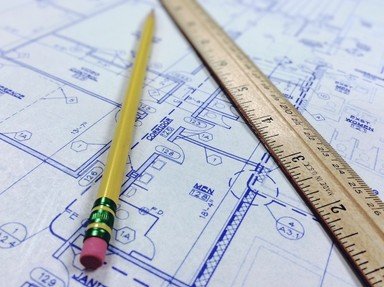Quiz Answer Key and Fun Facts
1. Born in Turin, Italy, Paolo Soleri first came to the United States in the 1947 to work with which legendary architect?
2. During his time in the United States, Paolo Soleri first received international attention when he contributed a bridge design to the book "The Architecture of Bridges" published in 1948 by Elizabeth Mock. Which New York museum exhibited his design for the Beast Bridge?
3. Paolo Soleri met his future wife Colly while working on a design for a home in Cave Creek, Arizona. What design element was used to meet the homeowner's request to view the desert sky?
4. While honeymooning with his wife in Italy in 1950, Paolo Soleri was commissioned to design a factory for a product that would feature in his future works. Which glazed objects were produced there?
5. Paolo Soleri returned to Arizona in 1956 and built his residence and studio dedicated to an anti-materialistic architectural design. What name, derived from "anti things" in Italian, did he give to his facility?
6. What name is given to Paolo Soleri's vision of ecologically-sound architecture used to create self-sustaining habitats?
7. In 1970, Paolo Soleri broke ground on a project that would become his legacy, an urban laboratory and self-contained living environment called Arcosanti. To capture the sun's heat and light (and minimize it when necessary), which direction do most of the buildings face?
8. Among the buildings at Arcosanti are a foundry and a studio that produce items that are a major source of funding for the project. What musical items are forever linked to Paolo Soleri?
9. In keeping with his naturalistic architecture, Paolo Soleri designed a couple of open-air projects for the Institute of American Indian Arts in Santa Fe, NM and Glendale Community College in Glendale, AZ. What buildings were they?
10. One of Paolo Soleri's interesting projects never came to fruition (at least, not as of his death in 2013). Asteromo was intended to be a self-sufficient environment for 70,000 people. Where would it be located?
Source: Author
PDAZ
This quiz was reviewed by FunTrivia editor
LadyCaitriona before going online.
Any errors found in FunTrivia content are routinely corrected through our feedback system.

